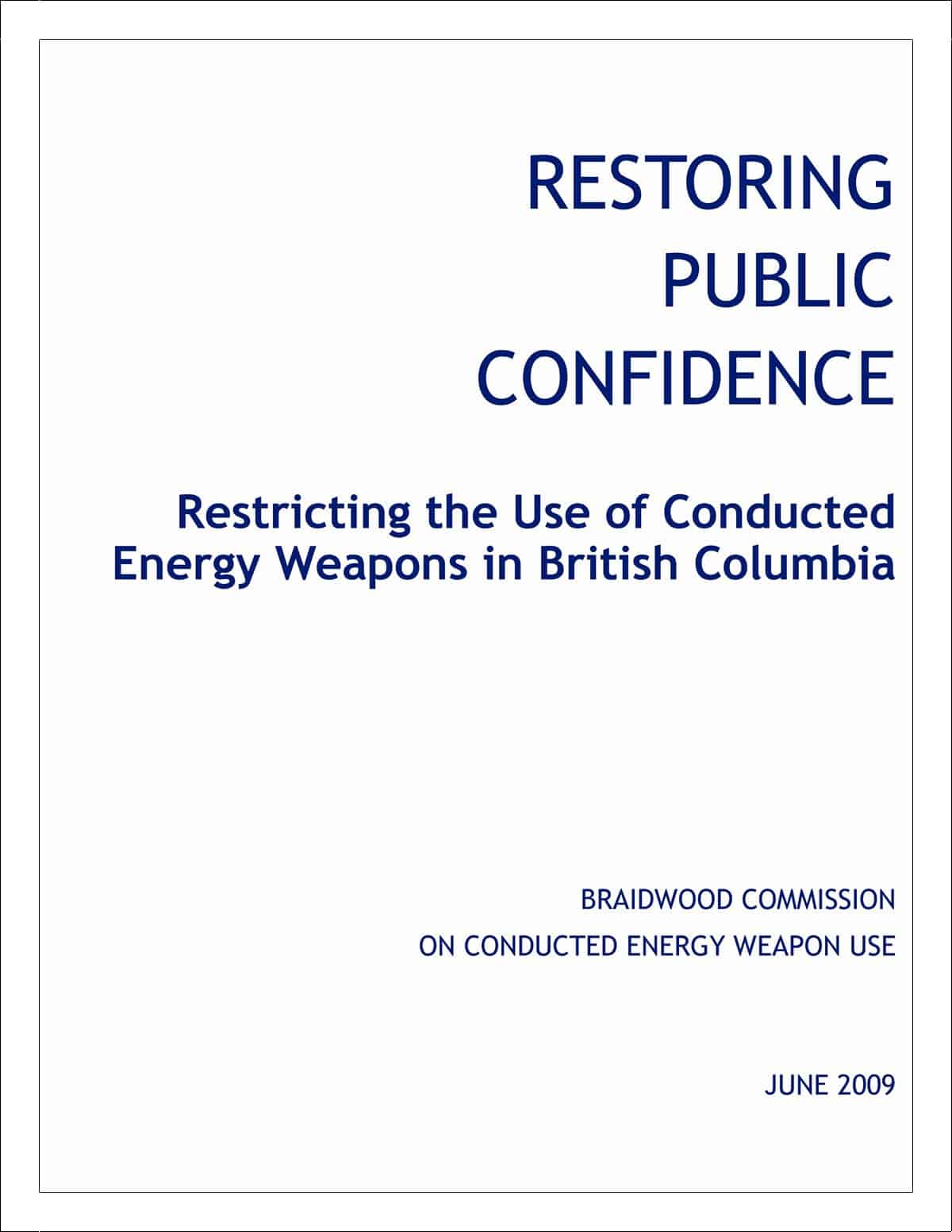A recent media statement from the New Zealand Department of Labour on all-terrain vehicle (ATV) safety is annoying and disappointing.
On 15 September 2009, the Palmerston North District Court today fined farmer Trevor Mark Schroder $25,000 and ordered him to pay reparation of $20,000 to his employee John Haar over an ATV accident on 26 November 2008 that left Mr Haar with serious head injuries.
Dr Geraint Emry, the DoL Chief Adviser for Health and Safety, says
“…Mr Haar was riding an ATV supplied by Mr Schroder when he apparently drove into a wire used to direct cows into specific areas of the farm. Mr Haar had not been wearing a helmet and the severity of his injuries increased as a consequence. Nor had he been told that the wire he rode into had been put across the race.”
 The statement goes on to state
The statement goes on to state
“The Agricultural Guidelines – Safe Use of ATVs on New Zealand Farms – advise that the wearing of helmets by quad bike riders is considered best practice.”
SafetyAtWorkBlog strongly knows that New Zealand is very active in ATV safety but finds it hard to believe that the “wearing of helmets…is considered best practice”. This admits that, in using ATVs, personal protective equipment is the best hazard control option available.
The guidelines mentioned above are from 2003 and do mention ROPS:
“Until such time as there is evidence to the contrary, farmers have the right to choose whether or not they fit ROPS to their ATVs.”
The NZ DoL and, by inference, the Chief Adviser are quoting a 2003 guideline as best practice in 2009?!
Relying on helmets may be the reality but is also an admission of defeat with ATV designers and manufacturer. In many circumstances ATVs cannot be fitted with roll-over protective structures (ROPS) due to the nature of the work – orcharding for example. But Australia and New Zealand insist on ROPS for tractors, with similar criteria and exceptions to ATVs.
 In one ROPS FAQ from the NZ DoL it says
In one ROPS FAQ from the NZ DoL it says
“Evidence both in New Zealand and overseas has shown that the risk of injury in a tractor overturn can be substantially reduced when the tractor is fitted with ROPS of the appropriate standard.”
and
“Where the nature of the operation makes it not practical for ROPS to be fitted to an agricultural tractor, then, under the terms of this code of practice, the General Manager, Occupational Safety & Health Service, may issue a notice excluding the tractor from the requirement to have a ROPS.”
Some States in Australia have had rebate schemes for ROPS for many years.
It is suggested that a better level of driver protection from rollovers is evident on forklifts through the use of seatbelt and an integrated protective structure. Applying logic to safety is fraught with danger but the rollover hazard is the same whether in a warehouse or a paddock and having only a helmet for a forklift driver would be absurd and unacceptable. Why is only a helmet considered best practice for ATV drivers?
Rather than comparing ATVs to motorcycles as in this 2003 report, the comparison should be between ATVs and tractors or, maybe, forklifts.
The New Zealand Transport Agency says this about ROPS and ATVs in June 2008:
Many ATVs have a high centre of gravity, and are prone to tipping over when cornering or being driven on a slope. Rollover is the leading cause of injury associated with ATVs – riders can be crushed or trapped under an overturned machine.
If you attach a rollover protection structure (ROPS) to your ATV, make sure it’s securely fastened, doesn’t interfere with rider mobility and doesn’t raise the ATV’s centre of gravity. Contact OSH for guidelines on how to fit ROPS safely, and make sure the ROPS is strong enough to protect you.
So why aren’t ROPS considered best practice by the DoL?
The ATV injury case quoted above is unlikely to have occurred if the ATV had some form of structure around the driver or, admittedly, the wire was more visible or known to the driver. The relevance in this case was that the helmet most probably reduced the severity of the injury but would not have avoided contact with the wire.
Research is occurring on ROPS for ATVs but the rollover hazard has existed for as long as ATVs have existed. Are ATVs simply unsuitable for the work they are being used for? Is the design wrong for workplace use? Are they being advertised or promoted for inappropriate use? Should farm workers be encouraged legislatively or financially to fit ROPS? Perhaps the only safe ATV is a tractor?
Is the requirement for ROPS for tractors, but only helmets for ATVs, an acceptable double standard for workplace safety?



![Pages from Workplace exposure to nanoparticles[1] Pages from Workplace exposure to nanoparticles[1]](http://safetyatworkblog.files.wordpress.com/2009/06/pages-from-workplace-exposure-to-nanoparticles1.jpg?w=212)